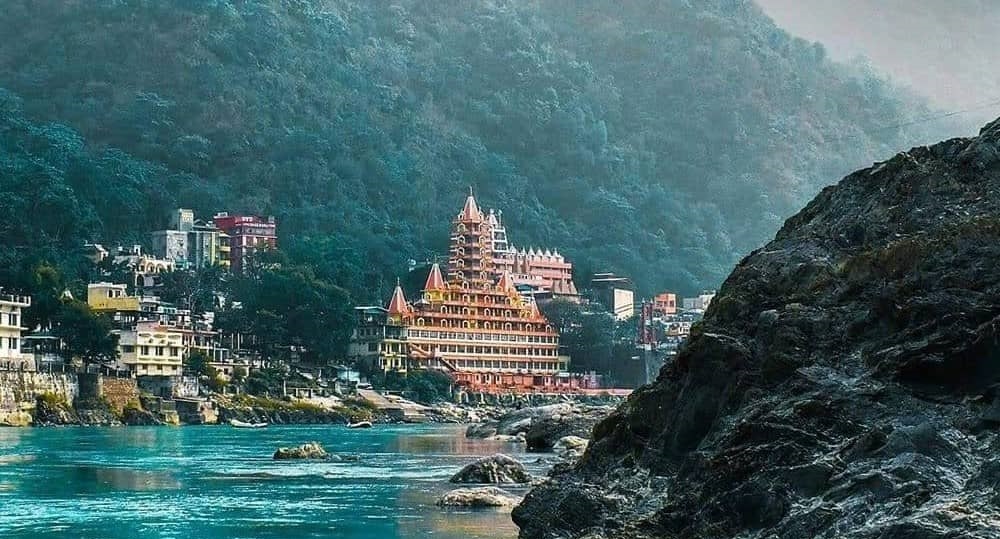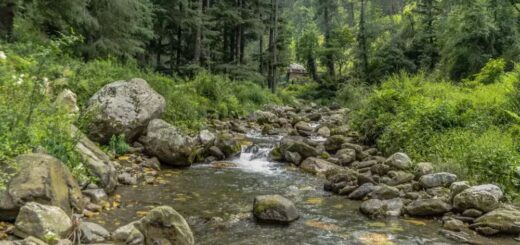Uttarakhand: Where Wilderness and Culture Embrace
Nestled in the lap of the majestic Himalayas, Uttarakhand is a haven for both wildlife enthusiasts and cultural aficionados. This northern state of India seamlessly intertwines its rich cultural heritage with the awe-inspiring wilderness, creating a unique tapestry of traditions, rituals, and biodiversity.
At the heart of Uttarakhand’s wildlife culture lies the Corbett National Park, India’s oldest national park and a global symbol of conservation success. Named after the renowned hunter and naturalist Jim Corbett, this sprawling reserve is home to a diverse range of flora and fauna, including the elusive Bengal tiger, Asian elephant, and over 600 species of birds. The park not only provides a sanctuary for these magnificent creatures but also fosters a culture of conservation that is deeply ingrained in the ethos of the region.

The indigenous communities of Uttarakhand, such as the Kumaoni and Garhwali people, have a profound connection with the land and its wildlife. Their cultural practices, rituals, and festivals often revolve around the natural rhythms of the Himalayan landscape. The Jauljibi and Bagwal festivals, for instance, showcase a blend of traditional music, dance, and rituals that pay homage to the region’s agricultural cycles and the bounty of nature.
Uttarakhand’s wildlife culture extends beyond the boundaries of its national parks. The Valley of Flowers National Park, a UNESCO World Heritage Site, is a testament to the state’s commitment to preserving its unique floral biodiversity. The vibrant alpine meadows burst into a riot of colors during the summer months, attracting a myriad of butterflies, birds, and other pollinators. This ecological treasure trove not only captivates visitors with its natural beauty but also underscores the delicate balance between human culture and the environment.
The Nanda Devi Biosphere Reserve, encompassing the Nanda Devi National Park and Valley of Flowers, reflects the spiritual and cultural significance of the region. The Nanda Devi Peak, revered as a goddess, holds a special place in the hearts of the locals. Pilgrimages to the sacred sites around Nanda Devi are infused with cultural rituals, creating a profound connection between the spirituality of the people and the majesty of the natural landscape.
Uttarakhand’s cultural heritage is also evident in its architecture and traditional arts. The intricately carved wooden temples of the region, such as the Kedarnath and Badrinath temples, are not only architectural marvels but also symbols of the deep-rooted spiritual culture that pervades the state. The art of Pahari painting, characterized by vibrant colors and depictions of nature, reflects the cultural aesthetics inspired by the picturesque surroundings.
In recent years, Uttarakhand has embraced sustainable tourism initiatives that promote responsible travel and conservation awareness. Ecotourism projects offer visitors the opportunity to engage with local communities, participate in wildlife conservation efforts, and experience the unique cultural traditions of the region.
In conclusion,
Uttarakhand stands as a testament to the harmonious coexistence of wildlife and culture. The state’s breathtaking landscapes, teeming with diverse flora and fauna, provide the backdrop for a cultural narrative that celebrates the intimate relationship between the people and their natural surroundings. Whether exploring the dense forests of Corbett National Park, participating in local festivals, or marveling at the architectural wonders of the temples, visitors to Uttarakhand are treated to a holistic experience where wilderness and culture embrace in a symbiotic dance of existence.


